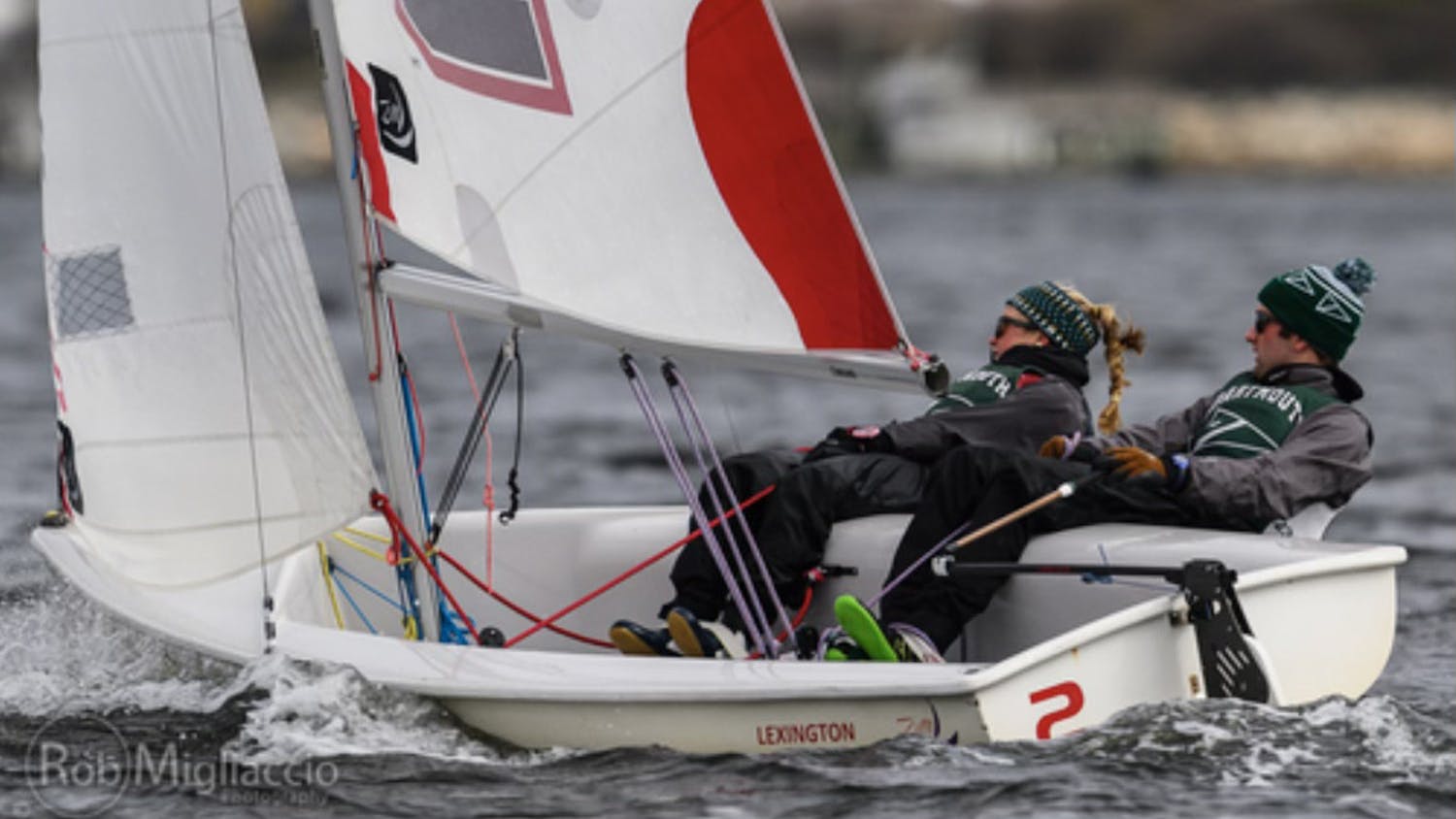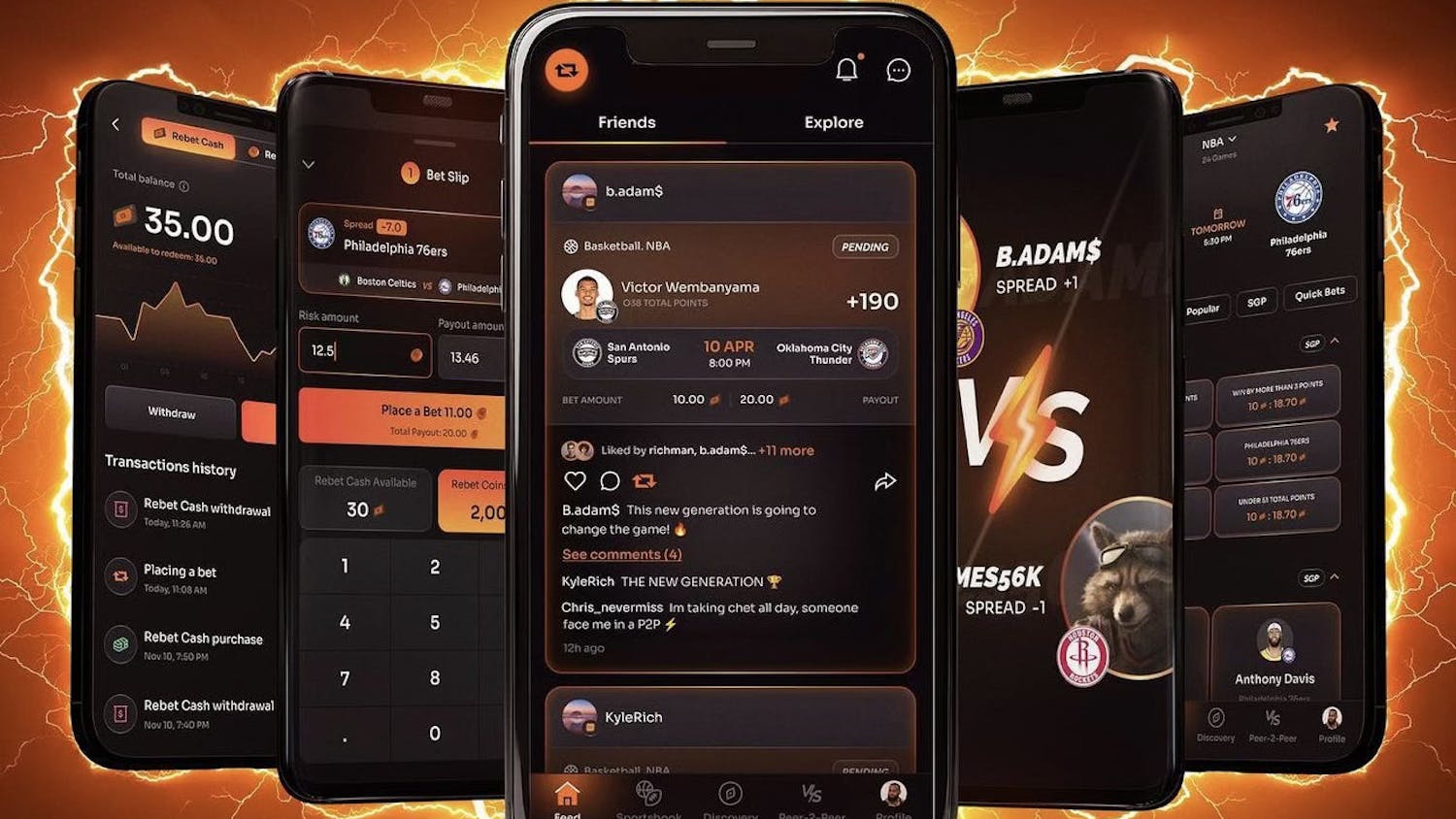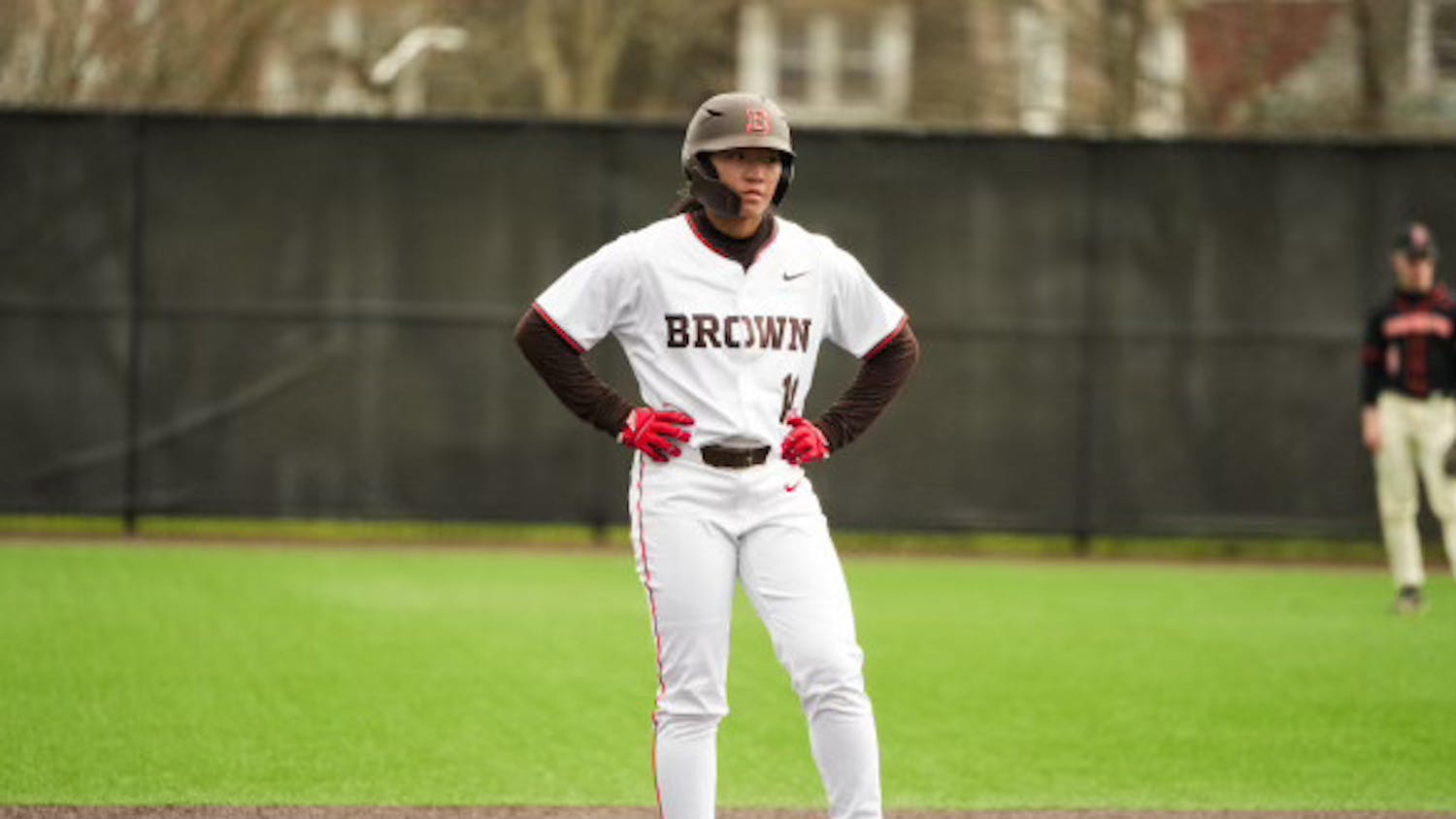Off the back of a comfortable 31-10 defeat of Georgetown University (1-2) in its season opener, the football team will undertake one of its more onerous challenges this season on Saturday night. In a home opener clash on the newly renovated Memorial Field, the Big Green (1-0) will face two-time defending Northeast Conference champions in Sacred Heart University (2-1).
Against the Hoyas last week, the Big Green’s defensive and special teams units stole the show. Reigning Special Teams Player of the Week Ryan McManus ’15 offered momentous shifts in field position by accumulating 102 punt return yards — two returns of which indirectly led to Big Green scores — and two key turnovers by the defense definitively changed the game’s balance within the first 20 minutes of play.
The defense had a quick and opportunistic start to the season, but in the estimation of the unit’s linchpin Will McNamara ’16 — who recently received Ivy Defensive Player of the Week honors — the defense still displayed some shortcomings.
“I think our defense came out and played pretty well for the circumstances,” McNamara said. “We played a bunch of guys on defense, showed our depth a little bit, got a lot of guys snaps and made some plays… [But] we can get much better. We missed a bunch of tackles. I felt we could have stopped them on a couple more plays.”
On the other side of the football, Dartmouth initially struggled to find footing in its first game. First half totals against Georgetown were dismal as the Big Green only garnered 25 yards through the air on 5-for-11 passing and 42 yards on 10 rushes. Some of the low output early can be chalked up to the Big Green’s disproportionate possession time — an occurrence unlikely to repeat itself — which in turn resulted in an absence of established offensive stability.
The third quarter, however, revealed a more accurate picture of the Dartmouth offense. In two consecutive drives to open the second half, quarterback Dalyn Williams ’16 led a revitalized Big Green offense to a field goal and then a touchdown. The air attack yielded 115 yards at a 10-for-12 clip, while four runners combined for eight touches for 52 yards on the ground during this 12-minute span. Williams said he believes that the second-half performance provides a nice springboard for the offense moving forward.
“As an offense, we can take the momentum we built in the second half forward to the next game,” Williams said. “[Early,] we kind of stalled because we didn’t build a rhythm, whether [it was] confusion, focus [or missing] a couple of throws. I think our biggest thing to improve on is going out the first drive and getting that first first down.”
Across the entire contest, the wealth of capable rushing options emerged as a positive sign for Dartmouth as well. Four running backs — in addition to Williams at quarterback — combined for 156 yards on the ground and two touchdowns on 31 carries. If the progress and multifaceted quality in this area continues, it can potentially become an excellent complement to the passing game — a point Williams commented on.
“[All of our running backs] have their own unique running style,” Williams said. “It varies which is good for attacking the defense.”
In squaring off against Sacred Heart — a team that finished in the top 25 of the Football Championship Subdivision in 2014 — this Saturday night, Dartmouth will face a distinctive style of football proven to reap benefits. Though picked this year to finish third in their conference after the departure of four All-Americans from last season, the Pioneers have remained a stout team, out-scoring opponents 126-56 through two wins and a loss in 2015.
On offense, Sacred Heart’s strength skews toward it passing game. This season, 55 percent of the team’s first downs have come through the air, and senior quarterback RJ Noel has averaged a proficient 8.3 yards per pass — along with seven touchdowns and four interceptions — compared to the 4.2 yards per rush rate of the run game. Three games worth of plays make for a small sample, but a parallel pass-run disparity from 2014 confirms that Sacred Heart thrives when passing. Noel’s primary target, fifth-year senior Tyler Dube, has produced 338 yards and five touchdowns on 19 catches so far this year.
But it is the other in-game matchup — the Pioneers on defense and the Big Green on offense — that could prove the most pivotal factor. The Sacred Heart defense has proved much more susceptible to the pass, yielding 6.6 yards per opposing throw while stifling rushers to 2.9 yards per play. Additionally, the Sacred Heart defense has averaged more than four sacks per game, pulled down five interceptions and forced seven total turnovers over the first three games. Most notably, though, the Pioneers employ a defensive system rarely seen by Dartmouth, as noted by Big Green head coach Buddy Teevens.
“They play a lot of man-to-man, really close press coverage, [which is] a challenge for our wide receivers,” Teevens said. “With that, they have more people pressuring the quarterback, so that strains your protective element a little bit. The [quarterback has] to stand in under pressure and make throws. If you pressure, you might get to the quarterback, but you might give up a big play.”
Speaking to Teevens’ point, Sacred Heart’s last opponent, Marist College — who beat Sacred Heart 34-27 — scored two of its four touchdowns on a 78-yard pass play and 69-yard rush, the latter of which clinched the game. Moreover, Marist totaled five plays of at least 30 yards in the air and three plays of more than 25 yards on the ground, illustrating the Pioneers’ poor big play prevention. Knowing he will soon encounter this man-to-man coverage and blitz-heavy defense, Williams felt confident that he and the team offense could exploit possible weaknesses.
“I’m really excited,” Williams said, “because we don’t play man [defense] that much and given that we make some big plays — and also if I escape the rush and I get out — there’s no one accounting for me, so that will create some big plays as well.”
Playing a schedule dictated by conference play, Dartmouth would ostensibly strain itself less in out-of-conference games that do not determine its ultimate fate. In terms of developing a successful team mentality, though, that’s hardly the case for the Big Green.
“We take every game seriously,” McNamara said on the issue. “Obviously we know the Ivy League [title] is the one that matters and the one we could win, but Sacred Heart is going to be a good challenge for us and get us ready for Ivy League play.”
Williams said that the matchup would gauge the team’s development and hold extra importance as the team’s home opener.
“We can use this as a measuring stick,” Williams noted. “Where are we? What do we need to work on going forward? It doesn’t go on our record, but that really doesn’t matter. We still want to go in our first game at home under the lights, we want to win. So whatever that entails, we want to accomplish.”
Teevens reiterated similar sentiments, and explained how a contest against Sacred Heart served as a stage in his team’s growth process.
“This being our second game, you generally see great improvement from game one to game two,” Teevens said. “I thought we were sloppy in some areas with our first game, we had too many penalties offensively. We had missed assignments that are easily correctable. There are a lot of good elements that you can build on, that’s what we need to do, to take another step forward this week.”



